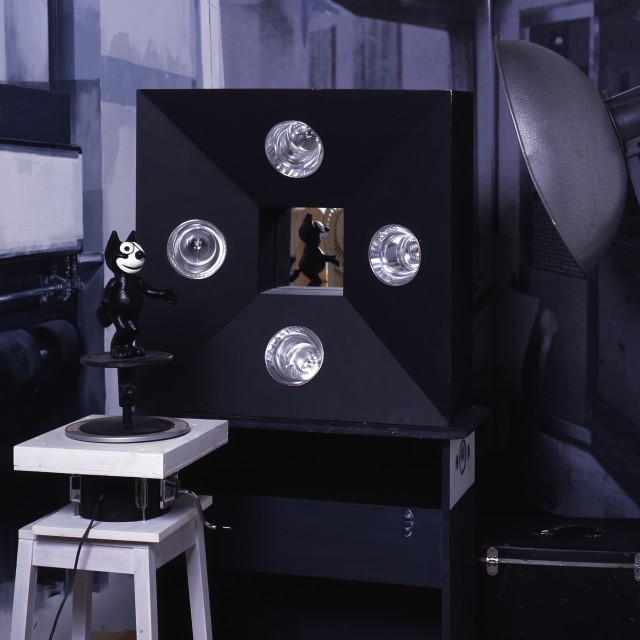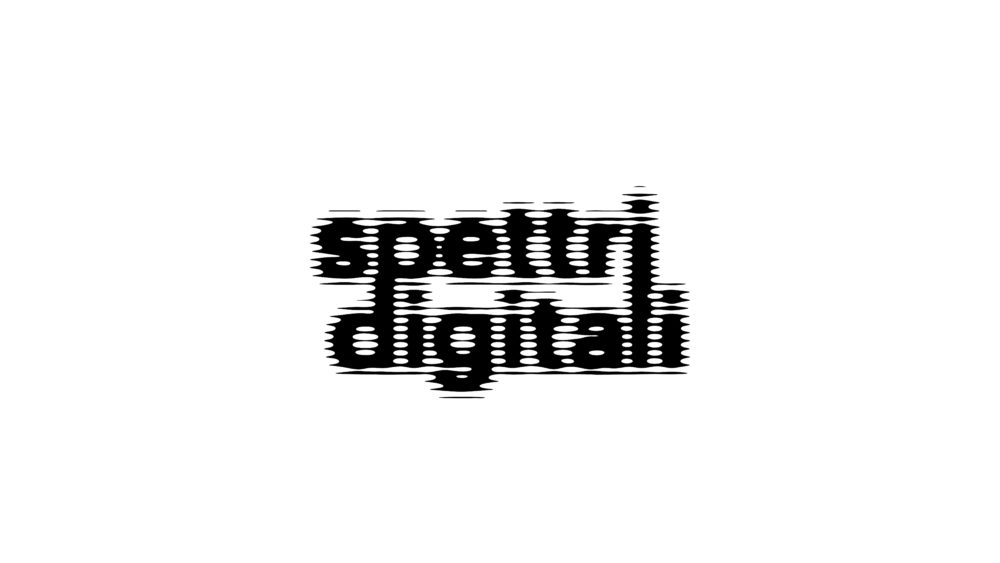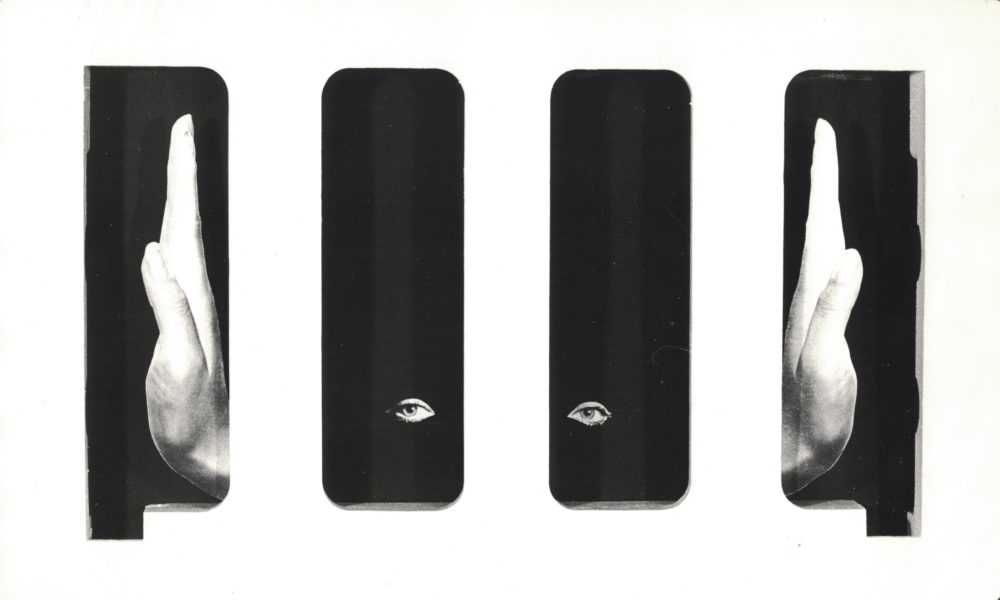Organized by the Madre in collaboration with WIELS, Brussels, and Haus der Kunst, Munich, Mark Leckey. DESIDERATA (in media res) is the first retrospective, as well as the first solo exhibition in an Italian public institution, devoted to Mark Leckey (Birkenhead, 1964), one of the most influential contemporary artists, winner in 2008 of the prestigious Turner Prize of the Tate Britain in London, and the Central Art Award of the Kölnischer Kunstverein in Cologne. Revealing the profound and seminal influence that the British artist has had on subsequent generations of artists, the exhibition presents, along with new productions, a wide selection of historical works realized in each of the media used by Leckey – sculpture, installation, sound works and environments, performances and videos – installed in a unitary course conceived for the spaces of the museum as a progressive series of interiors.
Leckey tends systematically to supersede the specific and self-referential field of art to move on the borders and in the meanders of everyday life, exploring the way symbols, icons, goods, contemporary fetishes – whether tangible or intangible, sought after and valuable or trivial and vulgar – redefine day by day the sphere of our fantasies and memories until they shape our identity into a mobile and indefinite inter-subjective entity. Starting from his investigation of the cosmos of London’s musical subcultures and British cultural history, to the exploration of digital technologies or brands and their impact on our consciousness, in his works the artist examines the inextricable articulation between high culture and popular culture, physicality and virtuality, individual and collective, copy and original, fear and desire that permeates our experience of the world around us, constantly influenced by a variety of stresses, some deeply contradictory but closely interwoven.
Visitors are welcomed by a large-sized version of the popular cartoon character Felix the Cat, displayed in the form of an inflated balloon (Inflatable Felix, 2013): a presence both playful and menacing, irreverent and authoritarian, clownish and fantastic, like the detail of the digital image of its tail, filmed in a video as a form in perennial mutation (Mercury Tail, 2015). A similar crossover between different media (hence the catchy play on words of the exhibition subtitle, “in media res”), also characterizes Windmill Street Flat- Screen (2004), Model of 7 Windmill Street (2007) and the 16mm film Made in ’Eaven (2004), actually consisting of digital images transferred to film to create a media and sensory short circuit. In this hybrid between digital video and analog film the sculpture Rabbit by American artist Jeff Koons, which reproduces the silvery reflective silhouette of an inflatable rabbit, has been filmed with simulated 360° camera movement, but actually, like the images themselves, computer generated, simultaneously evoking and amplifying an almost phantom nature, ambiguously suspended between materiality and immateriality, of the original work regarded by the artist as the ultimate symbol of the almost dreamlike power of the art market. As in an interplay of mirrors the same sensation is filmed in the video Pearl Vision (2012), displayed on a back-projector machine, in which the artist appears intent on playing a silvery snare drum that gradually seems to acquire an almost ritual consistency of its own.
Equally oscillating between a libidinal desire to get closer to the reality of things, the impulse to introduce them or reproduce them from reality, and the constant fascination of their elusive extraneousness, is the installation GreenScreenRefrigeratorAction (2010-11). It consists of various technological elements including a black Samsung refrigerator, presented on a platform-stage that reproduces the green screen used in the movies, used as a backdrop against which real actors perform, and then in post-production the green ground is replaced by computer-generated virtual scenarios and special effects. A hybrid technology in which the artificiality of the images or the imaginary meets the reality of technological objects that reproduce them, the work seems to confer personality and sensibility on the world of autonomous machines (to which we increasingly entrust the expression of our deepest feelings). The video accompanying the work, mingling different sources, including the refrigerator instruction booklet, literally gives a voice to the object’s possible thoughts, which illustrates to the viewer its daily activities and functioning (the voiceover is the artist’s own voice distorted).
Various works are scattered through the final galleries of the exhibition, evoking urban scenes at dusk or dawn, illuminated by orange lights from a highway: molds in wood, cardboard or rubber of objects and architectures such as computers, lamp posts and overpasses render our life habits or customary landscapes (Rubber Server #1, 2008, Bridge #1, 2014, and the four Pylon / Transmission Towers, 2013), while on a dummy billboard there appears the artist’s image-self-portrait, while a light box (Techgnosis, 2013) reproduces the inside of a human eye, represented as a mysterious lenticular LED structure. The exhibition culminates in the sculptural hieratic and totemic solemnity of two great Sound Systems (2011, 2012), works composed, also citing the DJ’s impromptu sessions in the public space, by an articulated build-up of loudspeakers that emit a variety of sounds adjusted by the computer system to which they are connected. These sounds, a soundtrack that echoes the soundtrack of other works in the show, hence its true control center, invade the space rhythmically causing it to vibrate like a sound box. By endowing sound with a sculptural texture it is as if the artist finally caught reality unawares so as to process it and return it as a more potential experience, at the limits of itself, in which everything is suddenly connected.
Together with a series of printed materials and a selection of other video and film works, the exhibition also presents the iconic video Fiorucci Made Me Hardcore (1999), an ode to the British music culture and lifestyle which brought the artist to international attention. It its sympathetic portrayal of a generation (which, starting with the title, also cites the Italian fashion brand of Elio Fiorucci, whose street-pop style made it a cult), Fiorucci Made Me Hardcore is one of the most fascinating and radical works of recent decades, including the way the existing video material is re-edited, repeated, accelerated/decelerated by the artist, as well as its autobiographical matrix based on the interdisciplinary combination of visual art and pop culture, from which all the Leckey’s subsequent research arises. This work immerses us in that same frenetic dance between northern soul and rave, between tastes and inclinations, melancholy and frenzy, singular and multitude in which we are indeed all immersed every day.
The artist has been the subject of solo exhibitions at the most prestigious international institutions, including Wiener Secession, Vienna, Kunsthalle Basel, Haus der Kunst, Munich (2015), WIELS, Brussels (2014), MoMA-Museum of Modern Art/PS1, New York, Hammer Museum, Los Angeles (2013), Walter Phillips Gallery, Banff, Manchester Art Gallery (2012), Serpentine Gallery, London (2011), MKGallery, Milton Keynes (2010), Kölnischer Kunstverein, Cologne (2009), Le Consortium, Dijon (2007), Portikus, Frankfurt (2005), Migros Museum, Zurich (2003). In addition, the artist has participated in important exhibitions and biennials including Performa 2011, New York (2011), 8th Gwangju Biennale (2010), Moving Images: Artists & Video/ Film, Museum Ludwig, Cologne (2010); Playing Homage, Vancouver Contemporary Art Gallery, Sympathy for the Devil, Museum of Contemporary Art, Chicago (2007), Tate Triennial, London (2006), Istanbul Biennial (2005), Manifesta 5-European Biennial of Contemporary Art, San Sebastian (2004), New Contemporaries, ICA-Institute of Contemporary Art, London (1999). In 2013, the project curated by the artist and commissioned by the Hayward Gallery in London, The Universal Addressability of Dumb Things, was presented on tour throughout Britain.
On the occasion of the exhibition the first monographic catalogue devoted to the artist was published and a seminar was organized for further study, in collaboration with the Accademia di Belle Arti in Naples as part of the MADREscenza Seasonal School project.


